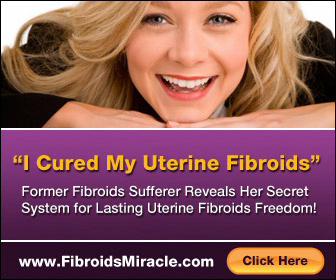Endometriosis, uterine fibroids, ovarian cysts, and polycystic ovary syndrome (PCOS) are different things. This is how to distinguish them.
Endometriosis
Endometriosis is an abnormal condition that happens when the lining of the uterus detaches and re-attaches itself to other organs instead of going out during menstruation. It can get stuck in strange places like the bladder, fallopian tubes, intestines, and lungs.
To make problems worse, the lining can swell up like it would when it is still in the uterus. It can also create scarring as the cells in the organs attack the endometrial cells because they don’t recognize them.
As such, endometriosis may cause discomfort and pain in the places where they happen. It may cause you to be infertile. This is why you need to do something about it, especially if you want to be pregnant.
Uterine fibroids
Fibroids are dense clumps of tissue that grow in the uterus. They do not cause problems most of the time, but they can cause pressure and pain, especially when they are large and/or numerous.
Ovarian Cysts
Cysts in the ovaries are fluid filled sacs within the ovaries or on them. They usually form because of the cycle of menstruation and they can go away without medical intervention.
Ovarian cysts may sometimes cause problems similar to PCOS like irregular/missed periods, weight gain, acne, pelvic/lower back pressure or pain, abdominal cramps, high blood pressure, and nausea.
A big difference between ovarian cysts and PCOS is that the former does not cause infertility problems while the latter does. Also, ovarian cysts alone do not usually result to major hormonal imbalances while PCOS does.
Polycystic Ovary Syndrome
PCOS may result when the levels of reproductive hormones become imbalanced. It causes the ovaries to develop numerous follicles (fluid collections). In other words, PCOS happens when there are numerous ovarian cysts.
The follicles are also harmless most of the time except when they cause further hormonal imbalances. PCOS can cause unpleasant symptoms such as hirsutism (abnormal amounts of body hair), hair loss, skin problems, weight gain, and menstrual disorders. As mentioned, a woman may have problems conceiving when she has PCOS.
How to Tell the Difference
The best way to tell which among the four you may be having is to go to the doctor and have a check-up. You will be given some tests like a pelvic exam, ultrasound imaging and blood tests. You will also be asked questions so the doctor will know what could be causing you to experience certain symptoms.
Take note that uterine fibroids and ovarian cysts may be asymptomatic – meaning, you may have them without knowing they are there. You don’t have to do anything if this is the case because they are usually benign and they go on their own.
On the other hand, endometriosis and PCOS usually require intervention, and the earlier it is diagnosed, the better. Because of this, it is ideal if you regularly visit your gynecologist for checkups, and go to him/her in case you experience anything unusual.


